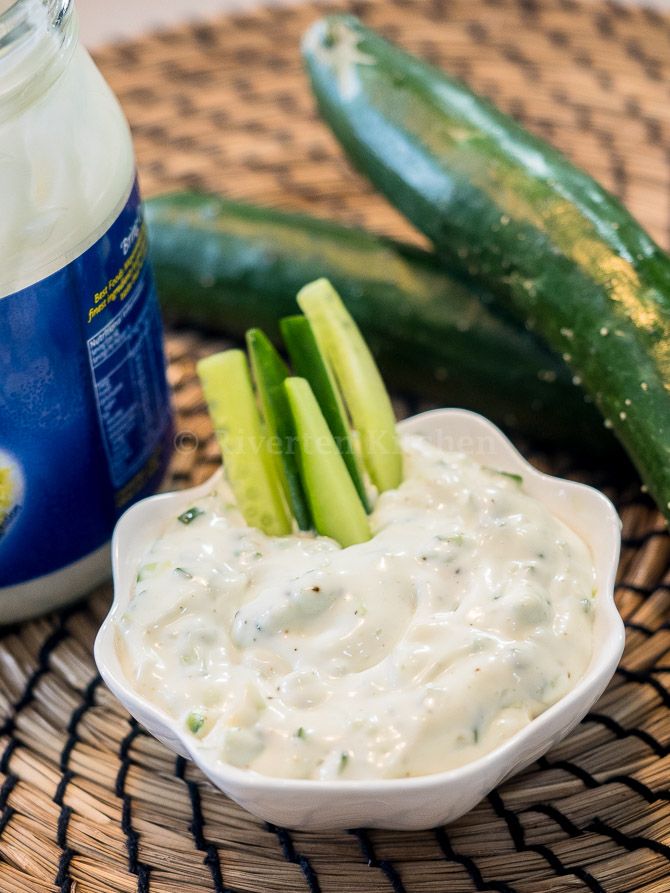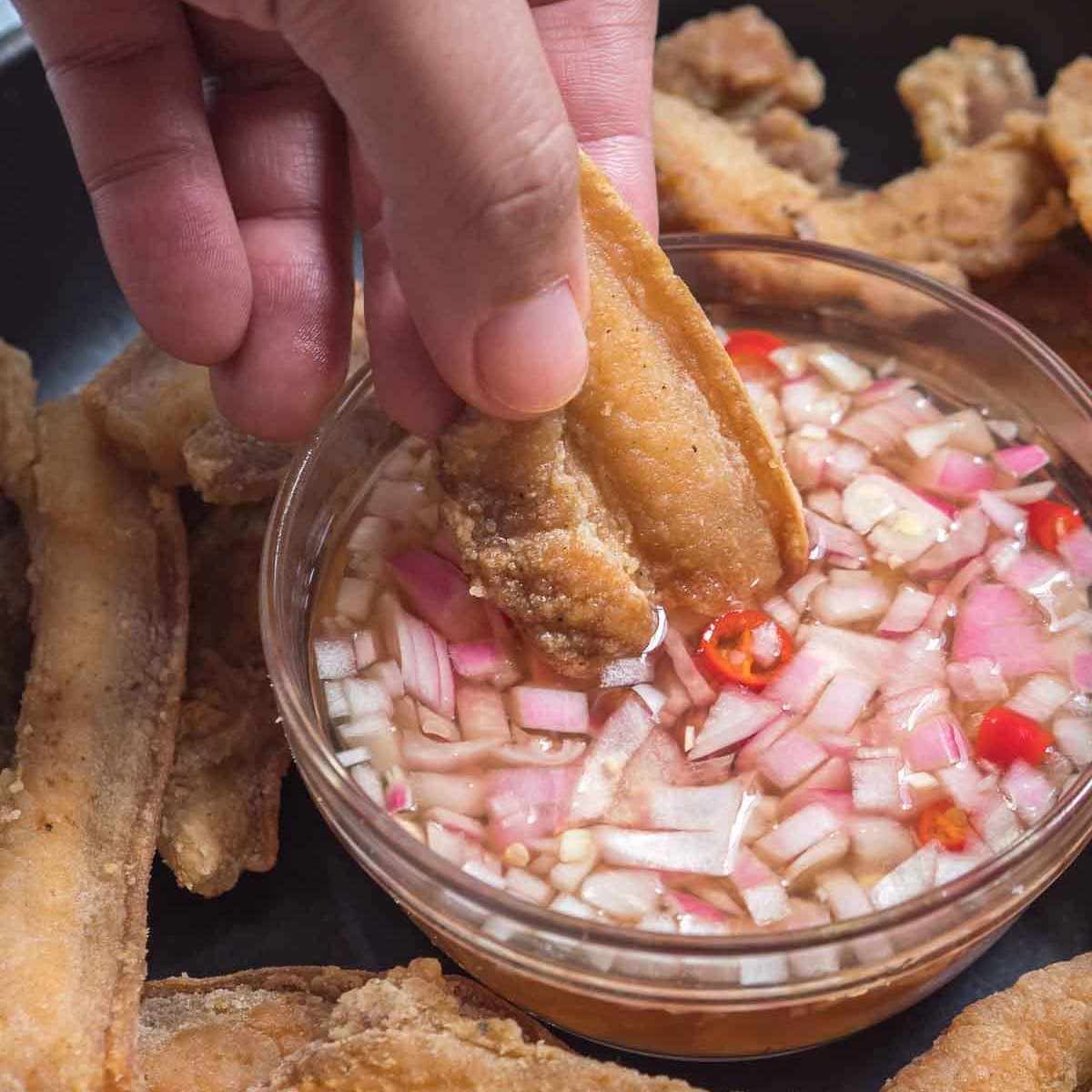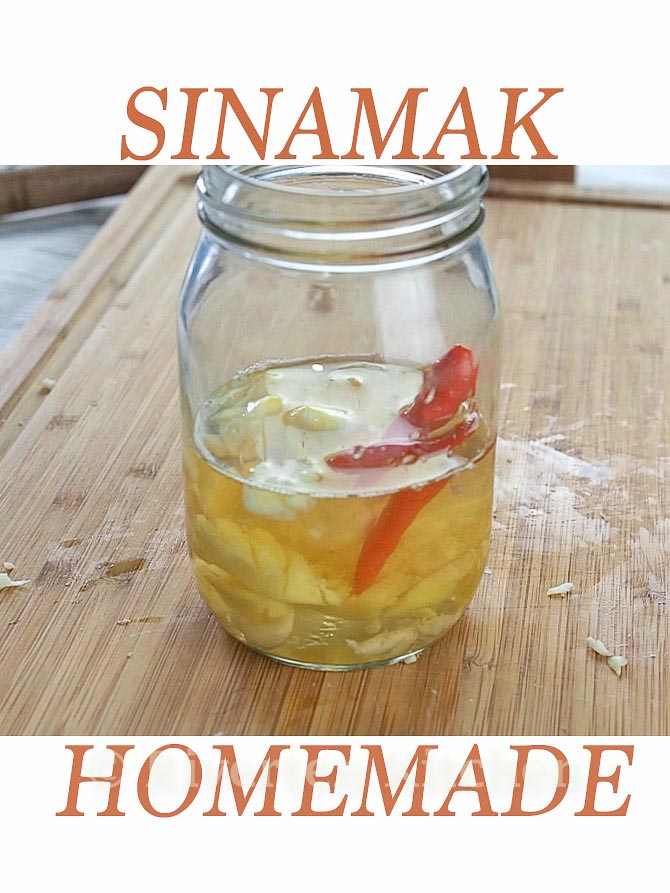Here’s a simple homemade teriyaki sauce that’s super versatile – great for marinating, dipping, and glazing. It has a good balance of sweet and savory flavors that goes so well together. And the best part? You can make it your own easily. Toss in some garlic or ginger or you can whip up eel sauce or unagi sauce with it too.
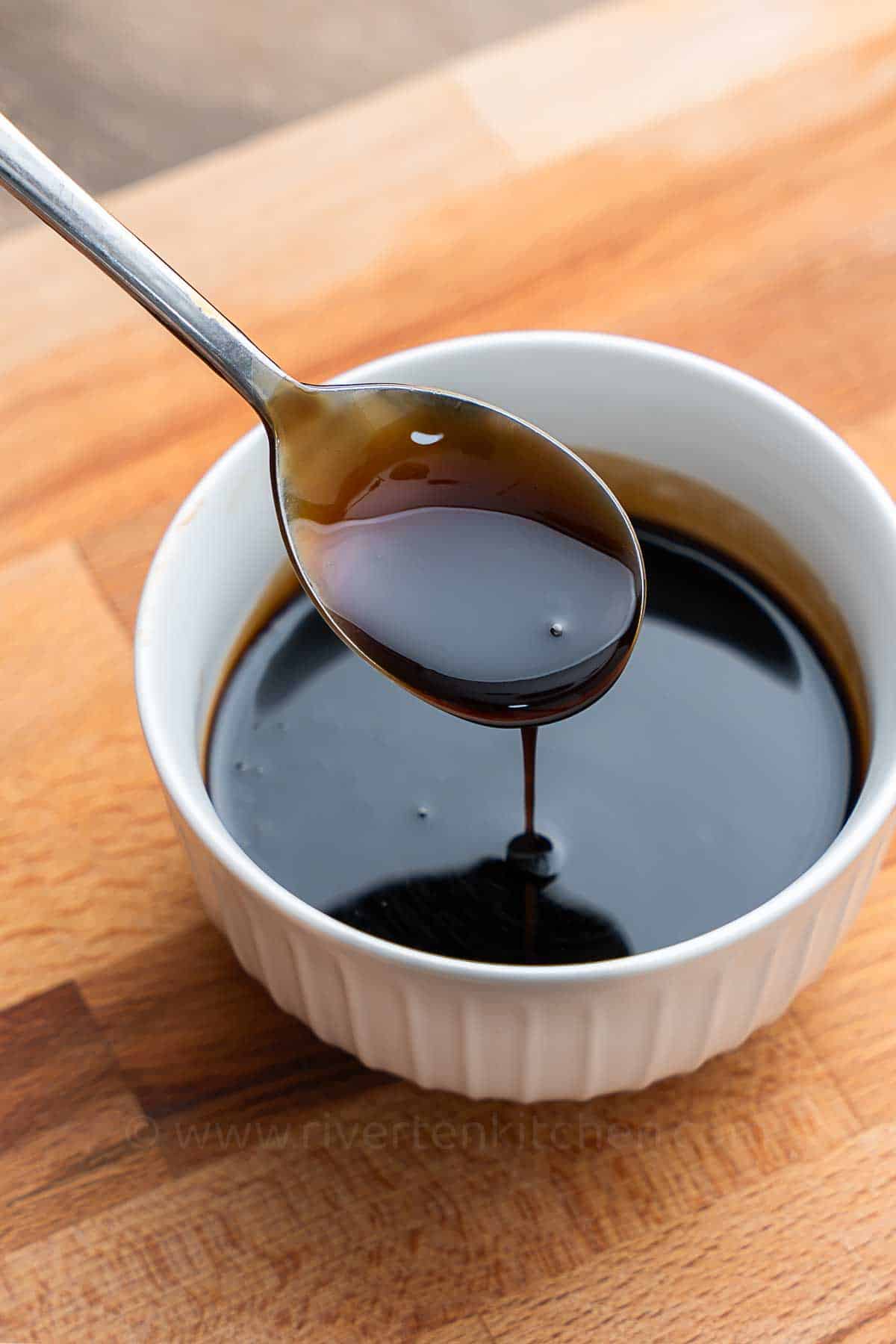
Teriyaki Sauce Ingredients
Traditional teriyaki sauce only consists of four main ingredients: soy sauce, sake (Japanese rice wine), mirin (a sweet rice wine), and sugar. No rice vinegar, no Worcestershire, tamari, orange juice, pineapple juice, and no other forms of sweetener like honey.
These traditional ingredients come together to create the characteristic sweet, salty, and savory flavors that teriyaki sauce is known for in Japanese cuisine.
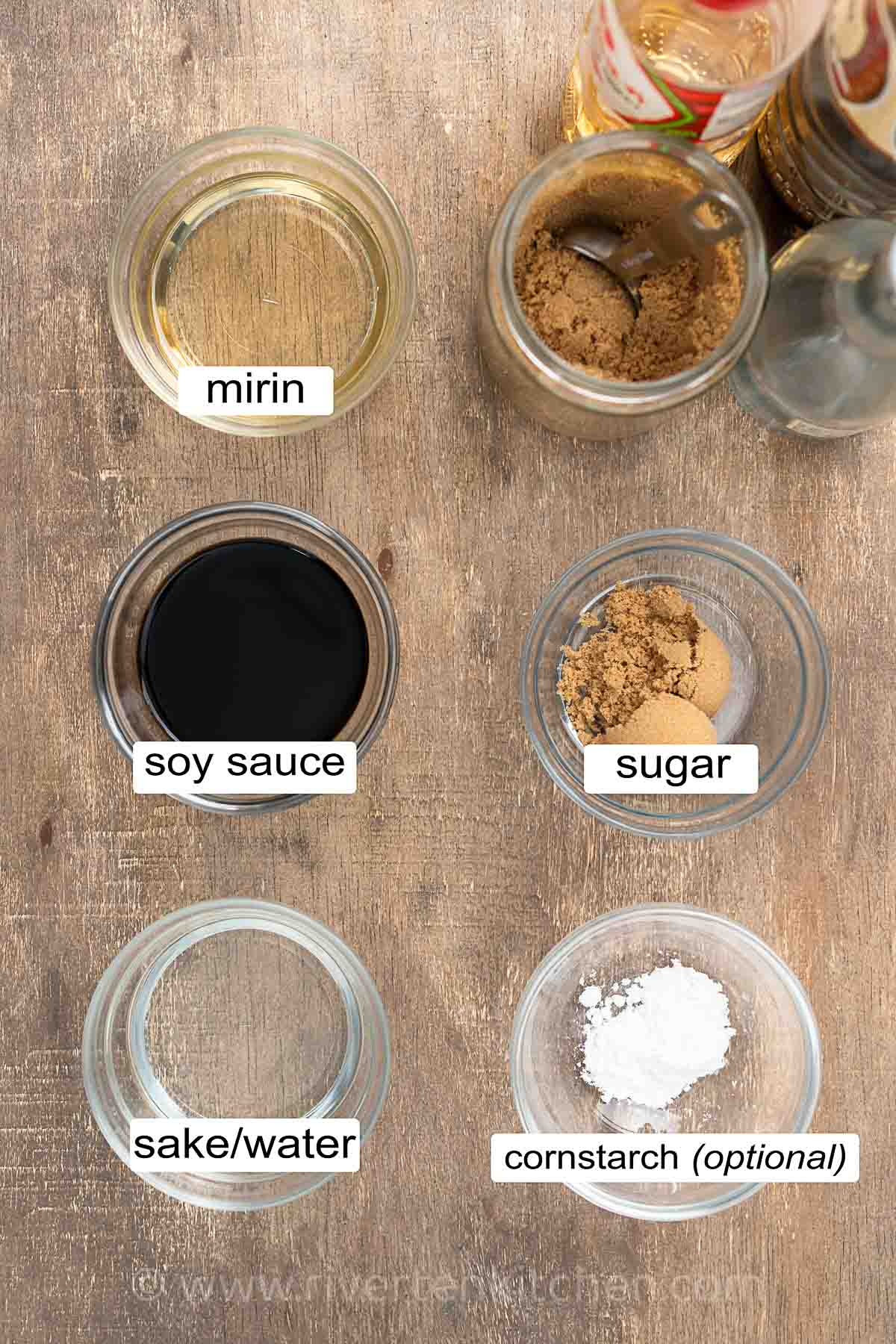
Here’s a breakdown of these ingredients and their roles in the sauce:
Soy Sauce
Soy sauce forms the base of the sauce, providing salty and umami flavors. It’s a staple in Japanese cuisine and contributes to the rich taste of teriyaki sauce.
Sake
Sake is a Japanese rice wine that adds depth and complexity to the sauce. Some say it can also help tenderize the meat when used as a marinade due to its alcohol content.
Mirin
Mirin is a sweet rice wine that lends a gentle sweetness to the sauce. It also helps in creating a shiny glaze on the food when used for cooking.
Sugar
Sugar, often in the form of brown sugar balances the flavors by adding sweetness to counter the saltiness of the soy sauce. My personal preference is brown sugar as it offers a richer and more complex flavor profile compared to using white sugar.
Homemade Teriyaki Sauce
Making basic teriyaki sauce is a breeze! My favorite ratio is using equal parts of soy sauce, mirin, and sake.
For the sugar I start with 2 tablespoons for every 3/4 cup of total liquid ingredients then I adjust as necessary based on the recipe where I’m going to use the sauce.
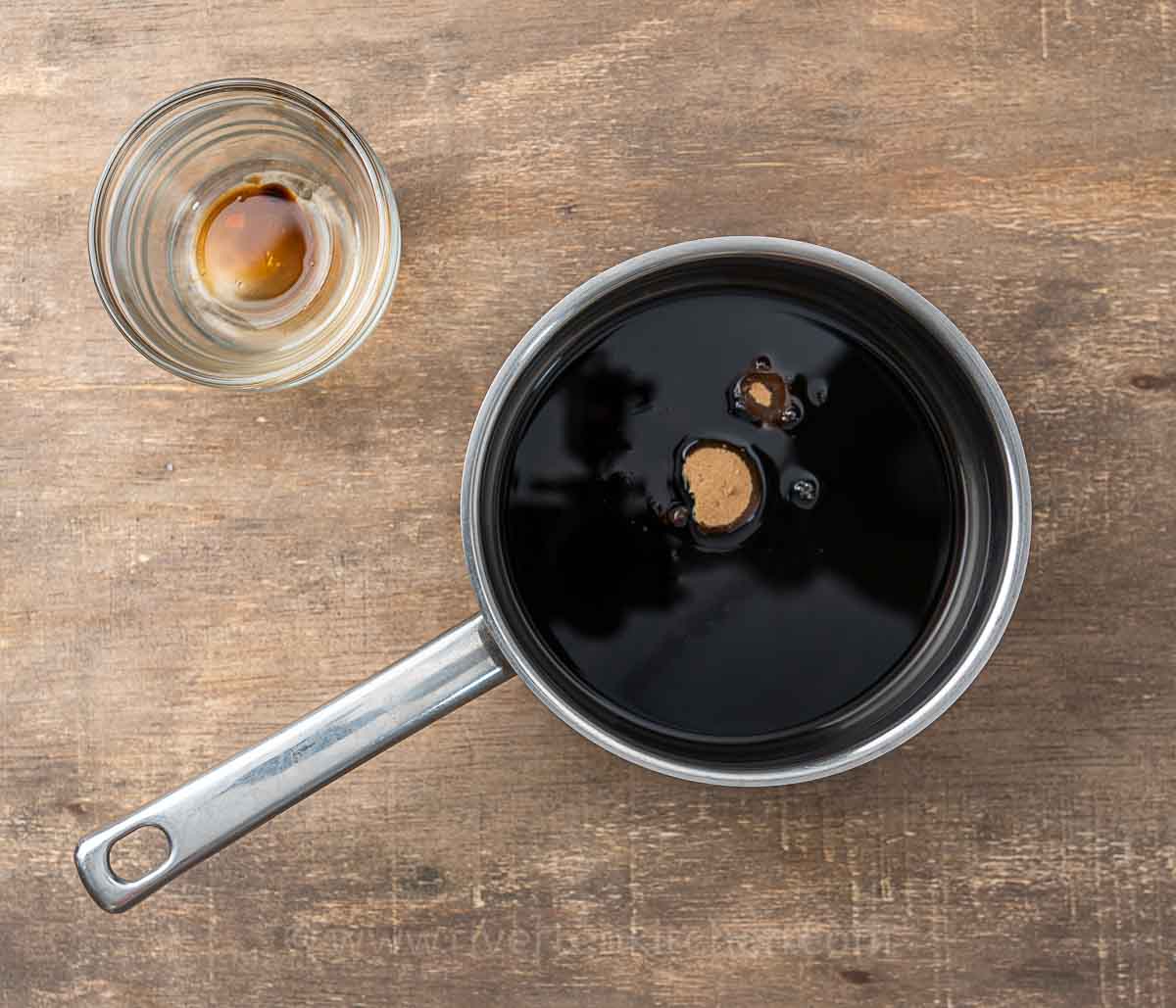
💭 Here are my top tips for making teriyaki sauce:
- Place all the ingredients together in a cold small saucepan. Using a hot pot from the start could risk burning the sugar and introducing a bitter taste to your teriyaki sauce.
- Stir everything together BEFORE turning on the heat.
- Heat it up until it boils over medium heat, then lower the heat to medium-low. This step is crucial, especially when working with a small batch of teriyaki sauce, as it helps prevent any burning.
- To naturally thicken the teriyaki sauce, simmer it gently until the liquid is reduced and develops a glossy sheen. Stir every so often to prevent burning.
It’s that simple!
How to Make Eel Sauce or Sushi Sauce
To make eel sauce out of the teriyaki base recipe, you need to thicken teriyaki sauce with cornstarch slurry. This quick method yields a smooth and velvety sauce, eliminating the need for prolonged liquid reduction.
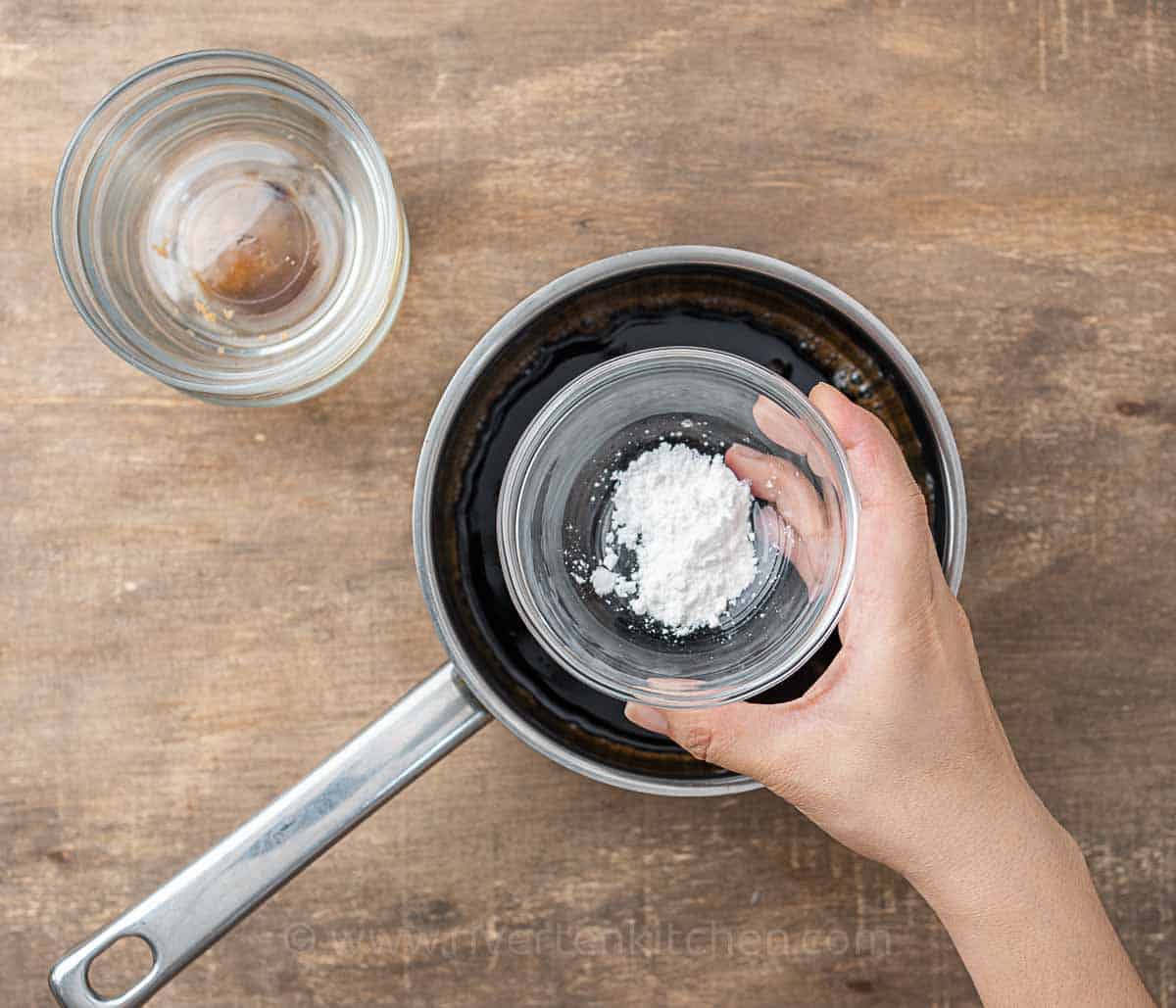
To make it, bring teriyaki base to a simmer over medium heat. Gradually stir in the slurry when it starts to bubble.
Whisk until the sauce thickens to your desired consistency. Keep an eye on it and stir occasionally to prevent sticking.
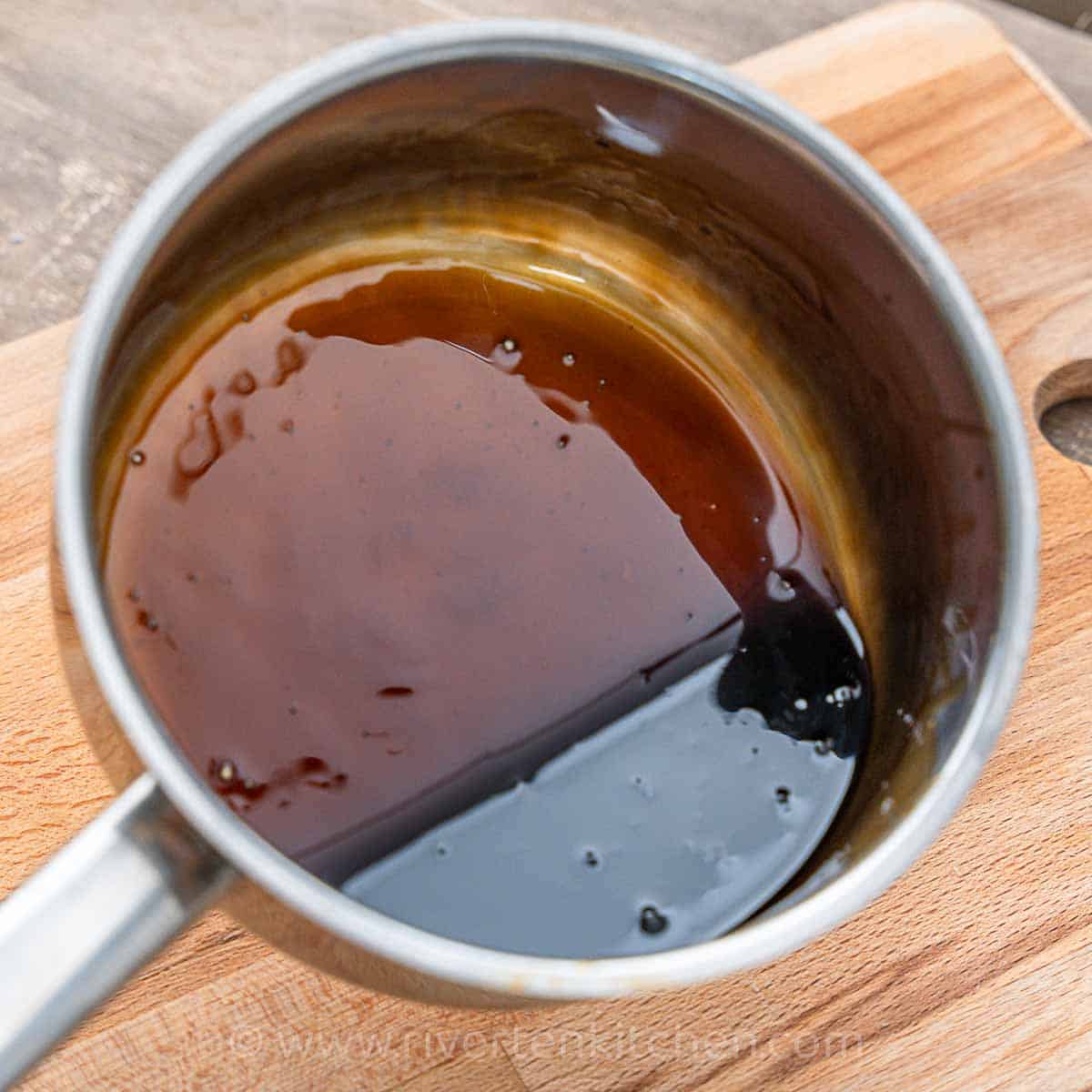
The sauce is ready when glistens and coats the spoon or bottom of the pot.
Use as a glaze and dipping sauce
Thickened teriyaki sauce can also be used as a glaze, a delectable dip for meats, and a flavorful addition to burgers, sandwiches, and sushi bake recipes.
Teriyaki Sauce for Marinade and Stir-fries
To use this homemade teriyaki sauce recipe as a marinade, simply combine all the ingredients together in a pot. Bring it to a boil and stir until the sugar is dissolved.
Take it off the heat and allow it to cool down – once it’s cooled, you’re good to go using it as a marinade for chicken, beef, or pork. When using this sauce as a marinade, aim for a slightly thinner consistency.
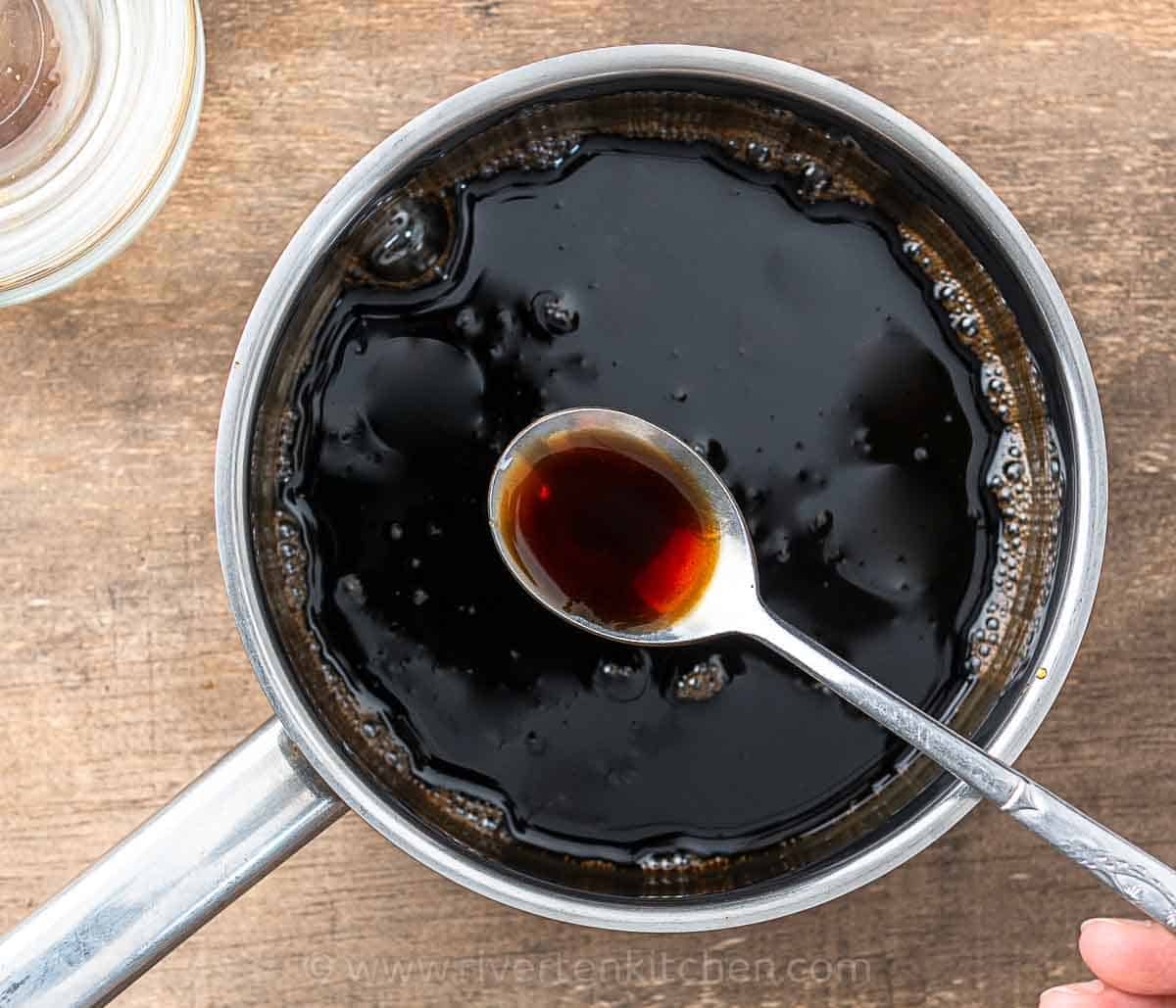
💭 Top tip: Toss in some pantry staples such as minced garlic, ginger, garlic powder, sesame oil, and green onions for extra flavor. Do a taste test and adjust sugar/sweetness based on preference.
Uses for Teriyaki Sauce…So Many possibilities!
This easy teriyaki sauce recipe is incredibly versatile and can be used to flavor a variety of dishes.
Here are some popular foods that often use teriyaki sauce:
Marinade
- Meat – marinate chicken, strips of beef, steak, or pork.
- Salmon – Teriyaki salmon is a favorite seafood option, often baked or grilled with a glaze of teriyaki sauce.
- Tofu – Teriyaki tofu is a great vegetarian option, where tofu is marinated and then cooked until glazed and flavorful.
- Kebabs – Skewered protein, vegetables, and even fruits can be marinated and grilled with teriyaki sauce.
- Stir-Fries – used as a stir-fry sauce for a quick and flavorful meal.
Glaze
- Vegetables – Grilled or stir-fried vegetables can be coated in teriyaki sauce for a tasty side dish or main course.
- Shrimp – Teriyaki shrimp is another seafood delight, often skewered and grilled.
- Wings – Teriyaki chicken wings are a popular appetizer or party snack.
- Teriyaki sauce can be used as a glaze for roasts, hams, and BBQ.
Sauce
- Rice Bowls – drizzled over rice bowls with a combination of meats, vegetables, and sometimes an egg on top.
- Noodles – You can toss noodles with teriyaki sauce and a mix of vegetables, proteins, and other ingredients for a tasty noodle dish.
- Burgers and Sandwiches – Teriyaki burgers or sandwiches feature patties or fillings coated with teriyaki sauce.
Shelf-life and Storage
Homemade teriyaki sauce can be stored in the refrigerator for up to 1 to 2 weeks.
To extend its shelf life and maintain its quality, always store your homemade teriyaki sauce in an airtight container (e.g. mason jar) and keep it refrigerated.
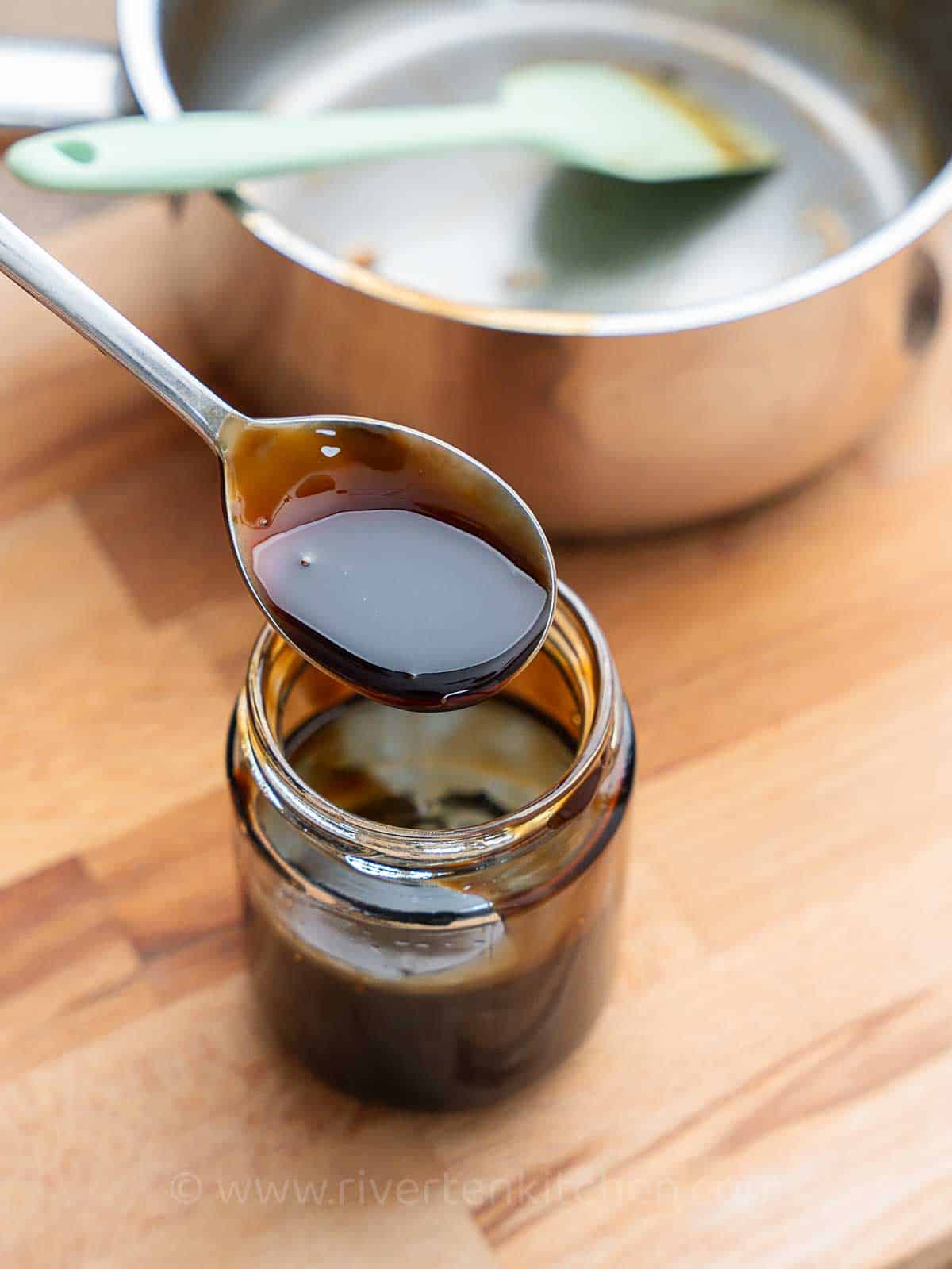
It’s a good practice to label the container with the date you made the sauce, so you can easily keep track of its freshness.
Before using the sauce, visually inspect it for any signs of spoilage, such as mold growth, off odors, or changes in color or texture. If you notice anything unusual, it’s best to discard it.
Freezing
If you want to store teriyaki sauce for a longer period, consider freezing it. Pour the sauce into ice cube trays or small freezer-safe containers.
Once frozen, transfer the cubes or portions to a freezer bag. Frozen teriyaki sauce can last for several months.
Thawing and Use: When you’re ready to use frozen teriyaki sauce, simply thaw it in the refrigerator. You might notice a slight separation, but gently stir or shake the sauce to recombine its components before using it.
Remember, the quality and safety of the teriyaki sauce depend on proper storage and handling. Always use your best judgment and trust your senses when assessing the condition of stored sauces.
FAQ
Water can be used as a substitute for sake in teriyaki sauce, but keep in mind that sake contributes not only to the flavor but also to the overall complexity of the sauce. Sake brings a unique depth and a touch of sweetness that water alone might not replicate perfectly.
If you’re using water as a substitute, you might want to adjust the other ingredients slightly to make up for the missing flavors. Consider adding a touch more sweetness, such as mirin, to help approximate the taste of sake.
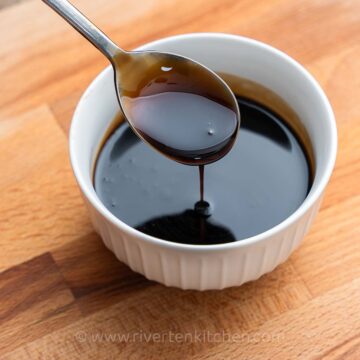
Teriyaki & Eel Sauce: Marinade & Sauce Recipe
Ingredients
- ½ cup soy sauce (note 1)
- ½ cup mirin (note 2)
- ½ cup sake (or water, note 3)
- ¼ cup brown sugar (packed)
If using as sauce or glaze (eel sauce)
- 1 tbsp cornstarch
- 2 tablespoon water
- 1-2 teaspoon brown sugar
If using as a marinade
- 4 cloves garlic (grated)
- 2 teaspoon ginger (grated)
- 2 teaspoon vegetable oil (or sesame oil)
- 5 stalks green onions/scallions (chopped)
Instructions
Classic Teriyaki Sauce
- Combine all ingredients in a cold saucepan. Bring to a simmer over medium heat. When it starts to boil, lower the heat. Do a taste test and see if you prefer an additional sugar. Continue simmering and reduce the liquid until thickened and glossy. Stir occasionally to prevent burning.1/2 cup soy sauce, 1/2 cup mirin, 1/2 cup sake, 1/4 cup brown sugar
Sauce or Glaze (eel sauce)
- In a small bowl, combine water and cornstarch. Stir until dissolved.
- Make the classic teriyaki sauce then add the additional brown sugar. Start with a teaspoon. Bring to a simmer over medium heat. Do a taste test and see if additional sugar is needed.
- Lower the heat. Quickly stir the cornstarch slurry and pour it into the saucepan. Stir the sauce until desired consistency is achieved.
Marinade
- Make the classic teriyaki sauce. Double the recipe as needed. Add garlic, ginger, and vegetable oil.
- Bring to a simmer over medium heat. Stir continuously to help dissolve the sugar. Do a taste test and add more sugar if preferred. Simmer until the alcohol has evaporated, about 3 minutes.
- Let it cool completely. Add green onions and stir to combine. Place meat in a resealable bag. Pour marinade. Marinate for 2 hours or overnight in the refrigerator.
Recipe Notes & Tips:
- Soy sauce – I recommend Kikkoman naturally brewed soy sauce.
- Mirin – is available in most Asian supermarkets.
- Sake – substitute with water or white cooking wine.
- Shelf life and Storage – refrigerator for up to 1 to 2 weeks in an air-tight jar.
Riverten Kitchen is a participant in the Amazon Services LLC Associates Program, an affiliate advertising program designed to provide a means for sites to earn advertising fees by advertising and linking to amazon.com.

